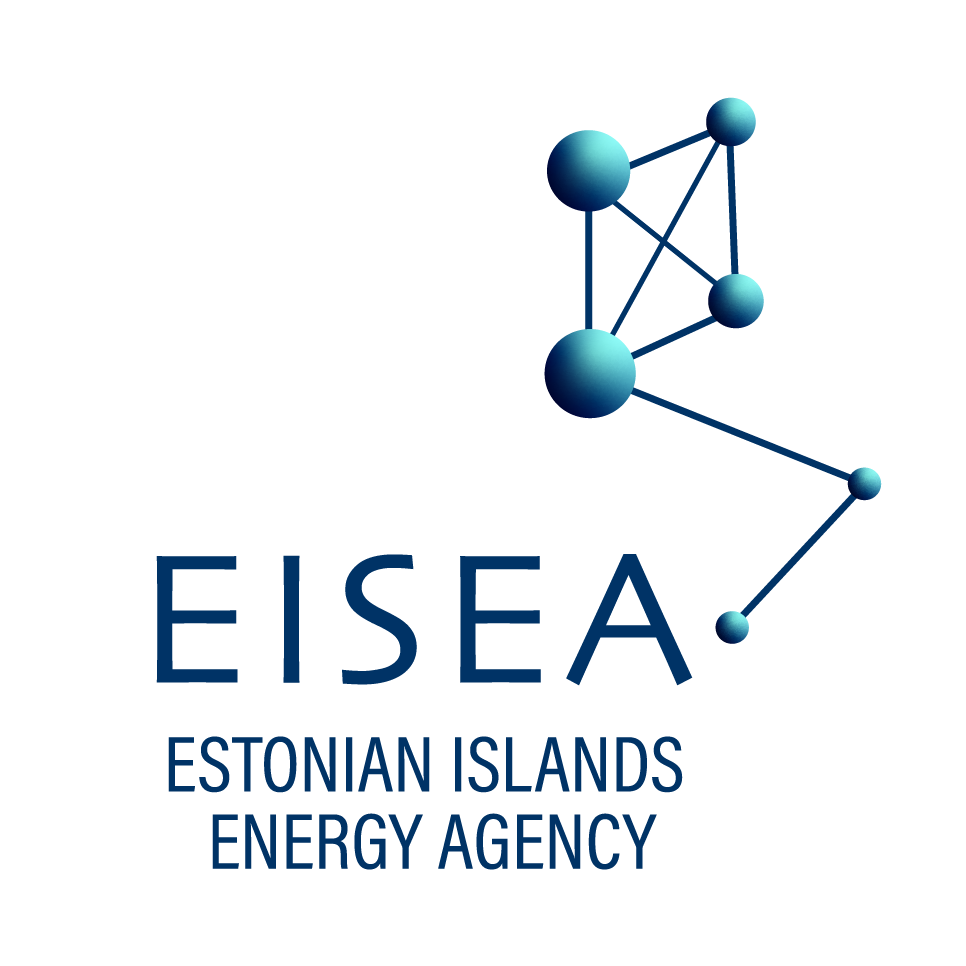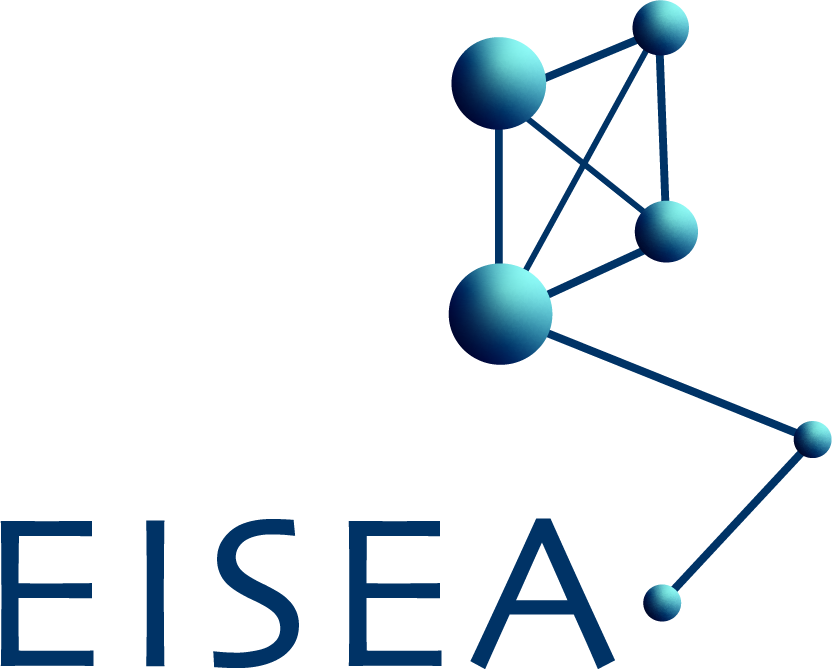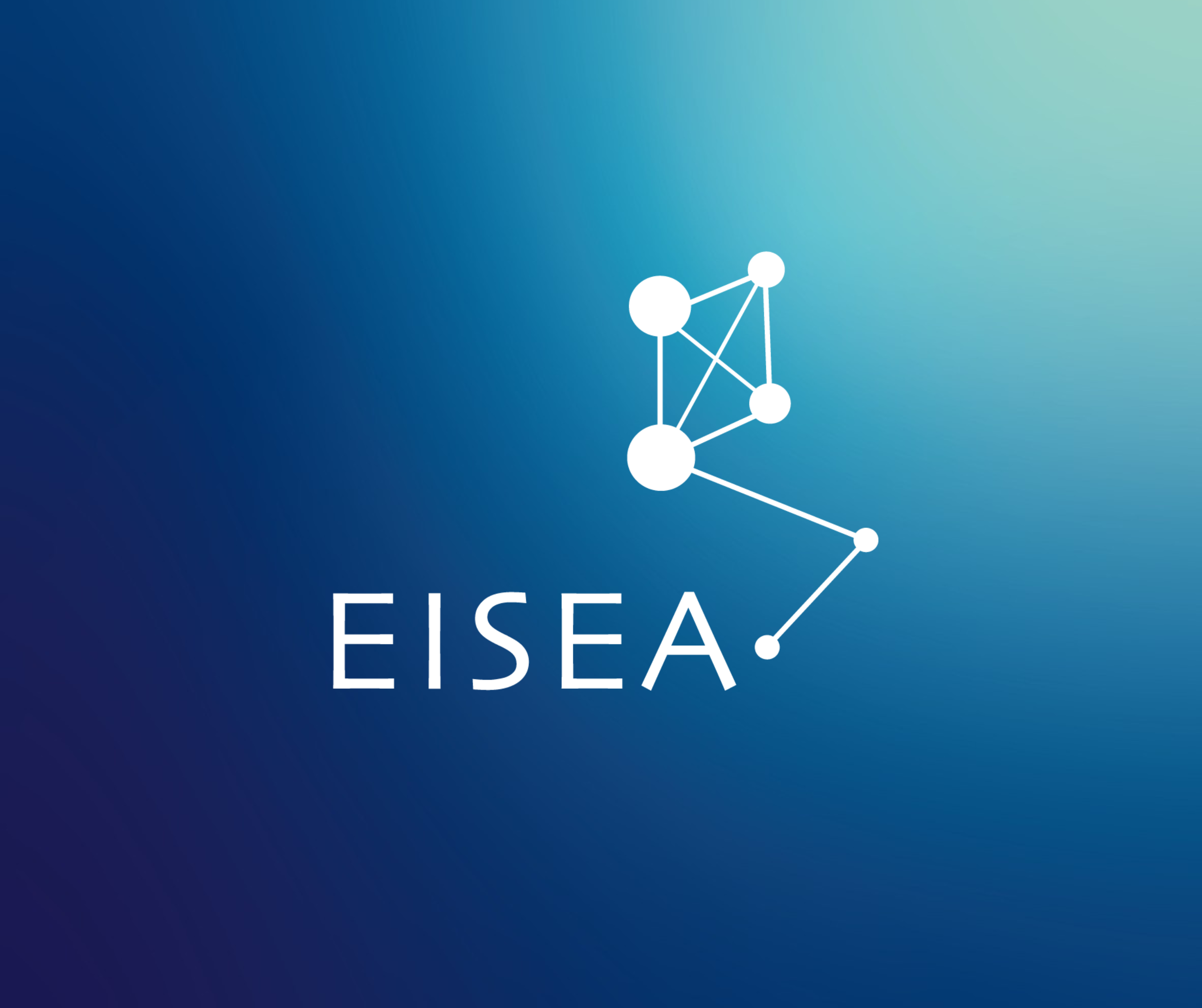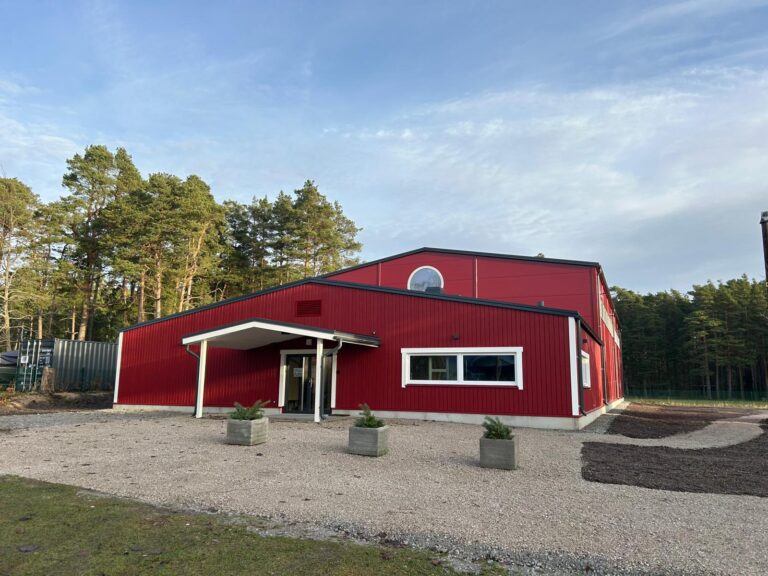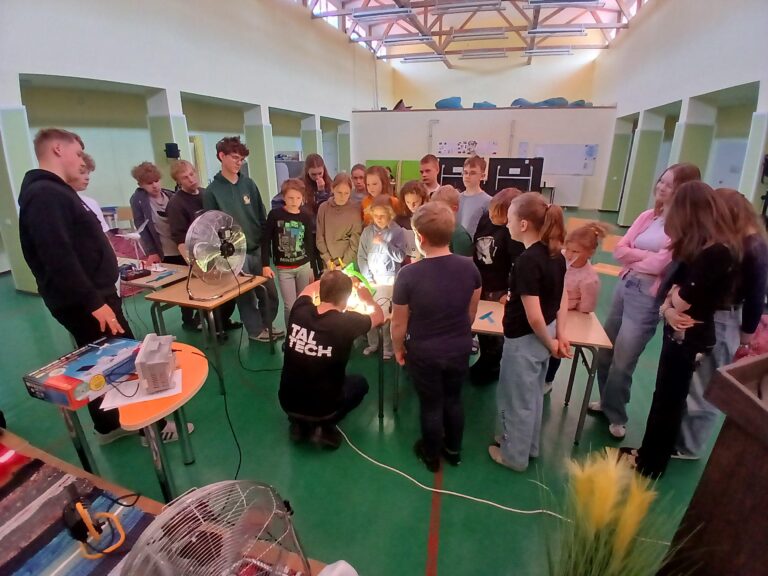The islands of Western Estonia face similar challenges – dispersed settlement, logistical costs, an ageing building stock, limited technical support and uneven development of energy infrastructure. The Estonian Islands Energy Agency (EISEA), a social enterprise supporting municipalities, communities and businesses on the islands of Saaremaa, Hiiumaa, Muhu, Vormsi, Kihnu and Ruhnu in implementing sustainable energy use and production projects, is trying to find solutions to these problems. In July, EISEA celebrates one full year in operation. Here is a look back on the year and a summary of EISEA’s main activities.
Around 75% of apartment buildings on the western Estonian islands need renovation. In addition to poor indoor climate and low energy efficiency, a major concern is that many housing associations lack the skills or resources to undertake renovation.
Sulev Alajõe, EISEA Managing Director: “With a shortage of specialists on the islands, housing associations are left to deal with complex grant applications, design and procurement on their own. EISEA’s role has been to provide technical support and to act as a neutral partner to help navigate complex issues. This year we have advised more than 40 apartment associations, mainly in Saaremaa and Hiiumaa. Three contracts have been signed for the provision of technical consultancy services. We have applied for an increase in the number of consultants to better meet demand for services.”
In the longer term, the islands will need not only thorough advisory support but also assistance at the national level – for example, in the form of joint procurement initiatives and programmes to reduce energy poverty. As EU member states are committed to establishing regional advisory centres for renovation, EISEA and the Tartu Regional Energy Agency are applying for this status. This would help them to renovate more buildings and bring investment into local communities, under a national mandate.
“Public transport on the islands needs to be modernised. Electrificationwould help, but the current charging infrastructure does not allow for uninterrupted use of even the existing electric vehicles. EISEA has started mapping network infrastructure needs to ensure that planning is based on data, not assumptions. This is an area in which broader cooperation is taking place with the state, because comprehensive solutions cannot be built on the back of local infrastructure alone,” says Alajõe.
“Once the local elections are over, we will present a plan to the newly elected municipal leaders on how to organise public, social and school transport more efficiently and to allow for the use of the same vehicles in sparsely populated areas.”
“In cooperation with Estonian central government agencies, we have started to update the model for connecting small islands. The aim is to find more efficient solutions for the period outside the summer season, when numbers of people traveling to the islands are low and it is not practical to use the energy-intensive ferries designed for carrying cars. We presented to officials an electric passenger-only ship developed in Sweden that can move quickly and efficiently in shallow waters. The deployment of such vessels would significantly reduce the need for subsidies from the national budget.”
Another clear direction in which EISEA is contributing is the creation of energy communities. EISEA is preparing the first pilot project of an energy community on Hiiumaa, where solar energy and storage systems will be used to cover the energy needs of Kärdla Sports Centre. It is an example of a new generation of energy management, where the community produces and meets its own energy needs.
Geothermal energy – specifically, ground-source heating – has so far been an untapped resource on the islands. Carbon-neutral, with a secure supply and no fuel procurement costs, ground-source heating has been shown in pilot studies to be a key technology. EISEA is mapping the potential for wider use of ground-source heating on the islands.
The development of heating infrastructure is hampered in many regions by outdated development plans. In Käina and Orissaare, EISEA has already updated these strategies, with the aim of obtaining support for district heating modernisation. Kärdla is currently the only town on Hiiumaa with a professional district heating provider.
“We have signed a three-way agreement with the Kuressaare Soojus utility and the municipality of Hiiumaa to renovate the other central heating locations on the island. We are currently preparing a solution for Käina that would merge two networks into one, bring back apartment buildings as consumers and harness (waste) heat from Dagöplast,” Alajõe added.
There is currently no uniform and automated system for collecting energy data to monitor the energy consumption and efficiency of buildings and public transport. EISEA is actively participating in national discussions to establish an energy monitoring platform.
With the support of EISEA, a renovation project for Kihnu School has been under preparation since last autumn. EISEA’s contribution covers 70% of the costs of the project, which has a budget of more than one million euros.
In the case of the new sports building on Vormsi, EISEA helped to redesign the originally planned heating concept at the last minute. Instead of using expensive air-source heat pumps, it was decided to use the unused capacity of the school’s existing ground-source heating system.
The year has seen many consultations and cooperation projects. Here are a few more examples of the developments that the Estonian Islands Energy Agency has contributed to over the year.
- Preparation of an energy and climate plan for Saare County.
- Advice and outreach for the establishment of the Tahula biomethane plant and continued investment in carbon dioxide utilisation.
- Advising apartment associations on how to apply for Enterprise Estonia support to renovate apartment buildings.
- Renewable energy workshops at 10 basic schools on the islands (in cooperation with TalTech Kuressaare College).
- A pilot project for installing pedal generators on Kuressaare’s central square.
- Advising the municipality of Ruhnu on solving the island’s energy problems.
- With the help of an Environment Investment Centre grant, we are preparing a project for a year-round greenhouse at Orissaare School.
- Acquisition of a heat storage unit for the Kuressaare Soojus utility, using a grant.
- Advising businesses on an energy solution for the purpose of saving costs.
- Funding has been awarded to a NordPlus project for the creation of teaching materials.
- Visits by local government officials to Nordic countries to learn about renewable energy solutions.
- Lectures by the founder of the Gotland Wind Farm in Saaremaa and Hiiumaa.
In order to bring in international know-how and funding opportunities, EISEA is actively involved in the Clean Energy for EU Islands programme, in the umbrella organization of European energy agencies FEDARENE and in the Baltic Energy Islands Network (together with Bornholm, Gotland and Åland).
EISEA activities are receiving 1,375,008 euros of funding from the European Union LIFE programme during the 2024–2027 period. The Environment Investment Centre will provide 72,372 euros of funding, and the founders’ own contribution is 7237 euros.
“The feedback from the EU regarding the reports submitted so far has been very positive on EISEA’s activities. All the targets set have been met. EISEA is committed to bringing at least 20.6 million euros’ worth of investment to the islands over three years and this target has already been met in the first year.”
The need for the support provided by EISEA is growing rapidly. Energy decisions on the islands require a competent and systemic partner to support both the public and private sector, whether it’s about applying for renovation grants, planning energy infrastructure or developing community-based renewable energy solutions.
“We don’t limit ourselves to just advising. We map the problems, develop solutions, implement them together with local partners and create a bridge between communities, the state and funding sources,” Alajõe added.
Üllar Laid, Deputy Mayor of Hiiumaa Municipality, on the agency’s activities
From the Hiiumaa perspective, it’s encouraging to see that the first year of operation of the EISEA has meant concrete steps to support local development on our island. It is important to recognise the agency’s commitment to moving towards energy sovereignty and sustainable solutions for small communities in particular. For example, the Kärdla Sports Centre energy community pilot project is an inspiring step towards a future where Hiiumaa can meet its own energy needs and set an example for the rest of Estonia.
The mapping of district heating in Hiiumaa and the development of a solution for the Kõrgessaare and Käina districts shows a clear focus on resource efficiency and making good use of existing opportunities. It is also worth acknowledging that EISEA has brought international know-how and investments to Hiiumaa, which will speed up the development of the local living environment and increase energy security.
Looking ahead, EISEA’s work gives hope that Hiiumaa communities will not have to grapple with technical and financial challenges alone. Energy efficiency consultation and active participation in national and European networks provide a solid basis for sustainable and smart development. Today’s work has laid the foundations for tomorrow, where Hiiumaa can be a pioneering island not only in terms of its natural wealth, but also because of the quality of its energy solutions and its community’s intelligence.
Olari Aavik, Chairman of the Board of the Saaremaa Association of Entrepreneurs
EISEA is a partner, advisor and source of support not only for local authorities and apartment associations, but for businesses as well.
Energy is a major cost item for many companies, while reducing environmental impact is becoming increasingly important. In this context, a regional energy agency is a necessary partner – both in providing expert advice and in identifying and bringing home support opportunities.
This article was published in the following publications:
Saarte Hääl
Fedarene
CE4EUislands

